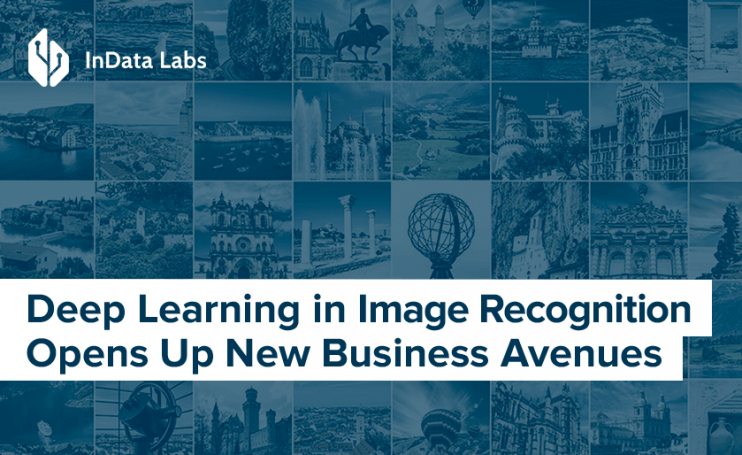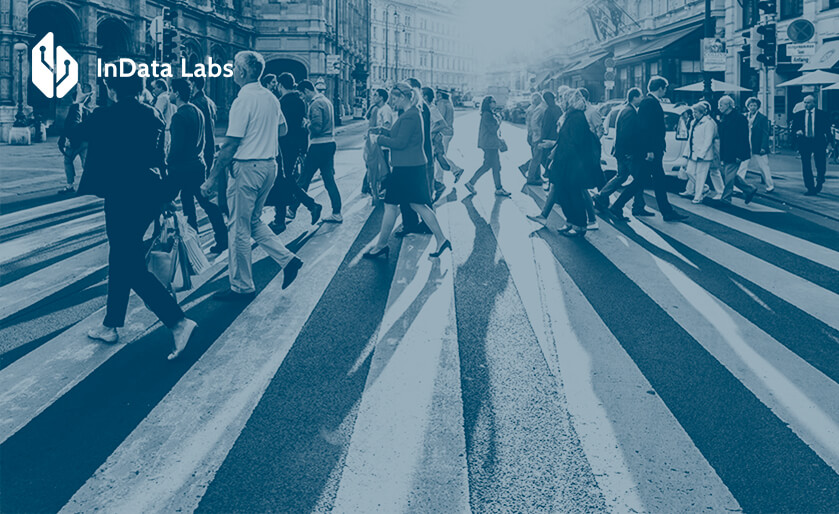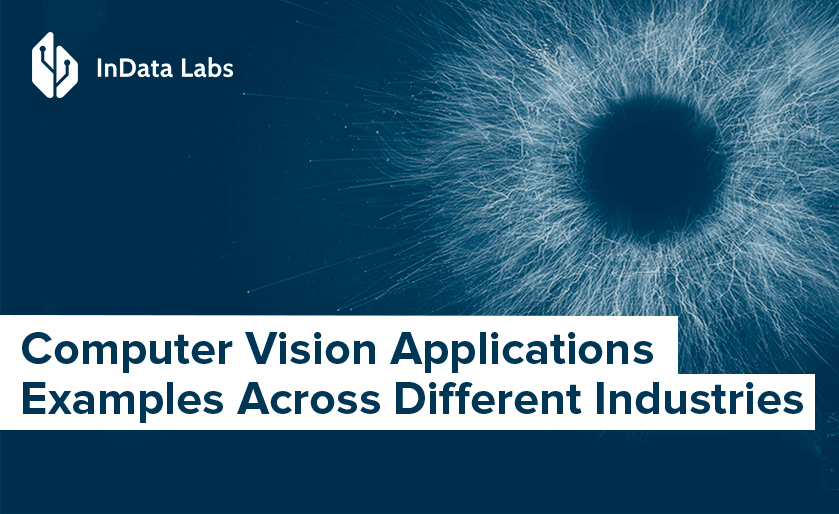Present-day image recognition is comparable to human visual perception. It has entered daily life and serves different needs. Facebook and other social media platforms use this technology to enhance image search and aid visually impaired users. Retail businesses employ image recognition to scan massive databases to better meet customer needs and improve both in-store and online customer experience. In healthcare, medical image recognition and processing systems help professionals predict health risks, detect diseases earlier, and offer more patient-centered services. This list can go on and on.
Marketing insights suggest that from 2016 to 2021, the image recognition market is estimated to grow from $15,9 billion to $38,9 billion. Click To Tweet It is enhanced capabilities of artificial intelligence (AI) that motivate the growth and make unseen before options possible.
Expert Systems, AI, ML & DL Explained
At the dawn of AI, smart systems required a lot of manual input. To train machines to recognize images, human experts and knowledge engineers had to provide instructions to computers manually to get some output. For instance, they had to tell what objects or features on an image to look for. Such a method, somewhat outdated, is called Expert Systems. It was initially used for chess computers and AI in computer games.
With the advent of machine learning (ML) technology, some tedious, repetitive tasks have been driven out of the development process. ML allows machines to automatically collect necessary information based on a handful of input parameters. So, the task of ML engineers is to create an appropriate ML model with predictive power, combine this model with clear rules, and test the system to verify the quality.

It should be noted that machines can’t see and perceive images as we do. For them, it’s all about math, and any object will look like this:

Before getting down to model training, engineers have to process raw data and extract significant and valuable features. This time-consuming and complicated task is called feature engineering. It requires engineers to have expertise in different domains to extract the most useful features. So, if a solution is intended for the finance sector, they will need to have at least a basic knowledge of the processes.
Working Principles of Image Recognition Models
Image recognition falls into the group of computer vision tasks that also include visual search, object detection, semantic segmentation, and more. The essence of image recognition is in providing an algorithm that can take a raw input image and then recognize what is on this image and assign labels or classes to each image.
Based on provided data, the model automatically finds patterns, takes classes from a predefined list, and tags each image with one, several, or no label. So, the major steps in AI image recognition are gathering and organizing data, building a predictive model, and using it to provide accurate output.
For model training, it is crucial to gather and organize data properly. The quality of data is critical to enable the model to find patterns. Datasets have to consist of hundreds to thousands of examples and be labeled correctly. Then it will become possible to define discrete labels. In case there is enough historical data for a project, this data will be labeled naturally. Also, to make an AI image recognition project a success, the data should have predictive power. Expert data scientists are always ready to provide all the necessary assistance at the stage of data preparation and AI-based image recognition development.
The labeling will be used to enable the model to predict what object is on the image and what is the level of probability that the prediction is correct. If visualized, the process of image recognition looks like this:
However, AI now can automate feature engineering as well. Deep learning (DL) technology, as a subset of ML, enables automated feature engineering for AI image recognition. A must-have for training a DL model is a very large training dataset (from 1000 examples and more) so that machines have enough data to learn on.
The work of DL algorithms is based on a “black box” principle. Although difficult to explain, DL models allow more efficient processing of massive amounts of data (you can find useful articles on the matter here). That is why the models are actively used in computer vision.

Predictive modeling is based on using artificial neural networks. A neural network consists of numerous interconnected nodes or neurons. Each node is responsible for a particular knowledge area and works based on programmed rules. There is a wide range of neural networks and deep learning algorithms to be used for image recognition.
High-quality data directly impacts the accuracy of the results. Any ML project begins with gathering appropriate input data. Even the most advanced algorithms are powerless when datasets are poor. Data collection requires expert assistance of data scientists and can turn to be the most time- and money- consuming stage. But valuable data is the keystone to project success.
AI Image Recognition in Real Business Use Cases
AI-based image recognition technology is only as good as the image analysis software that provides the results. Sometimes the quality you are after can be compromised. InData Labs offers proven solutions to help you hit your business targets.
Facial Recognition for Influencer Marketing
This application of image recognition is very popular across social media. For example, the technology can be used to power recommendation engine and a platform for searching influencers and influential accounts that can contribute to product promotion campaigns. By using filters and categories provided on the platform, users can find relevant
influencers and analyze them and their audiences in a matter of seconds. A facial recognition model will enable recognition by age, gender, and ethnicity. Based on the number of characteristics assigned to an object (at the stage of labeling data), the system will come up with the list of most relevant accounts.

AI Stamp Recognition in Logistics
The processing of scanned and digital documents is one of the key areas to apply AI-based image recognition. Stamp recognition can help verify the origin and check the document authenticity. The main obstacle here is the quality of input data. A document can be crumpled, contain signatures or other marks atop of a stamp. In this case, the input image will be degraded.
For document processing tasks, image recognition needs to be combined with object detection. The model detects the position of a stamp and then categorizes the image. And the training process requires fairly large datasets labeled accurately. Stamp recognition is usually based on shape and color as these parameters are often critical to differentiate between a real and fake stamp.
Google Vision to Handle Archived Photos
As a part of Google Cloud Platform, Cloud Vision API provides developers with REST API for creating machine learning models. It helps swiftly classify images into numerous categories, facilitates object detection and text recognition within images.
An ML-based image recognition solution helped The New York Times digitize a large collection of photos accumulated over the decades. State-of-the-art technologies finally made it possible to digitize old images and allow users to easily browse through the photo database to find untold stories in millions of archived photos. Many beautiful black and white pictures contained useful text and captions on the back, like this one:

Source:Cloud.google
The output of the model was recognized and digitized images and digital text transcriptions. Although this output wasn’t perfect and required human reviewing, the task of digitizing the whole archive would be impossible otherwise.
Apart from some common uses of image recognition, like facial recognition, there are much more applications of the technology. Different business areas and standards raise new challenges. And your business needs may require a unique approach or custom image analysis solution to start harnessing the power of AI today.
Start Your Next Breakthrough Project with InData Labs.
Have a project in mind but need some help implementing it? Drop us a line at info@indatalabs.com, we’d love to discuss how we can work with you.



